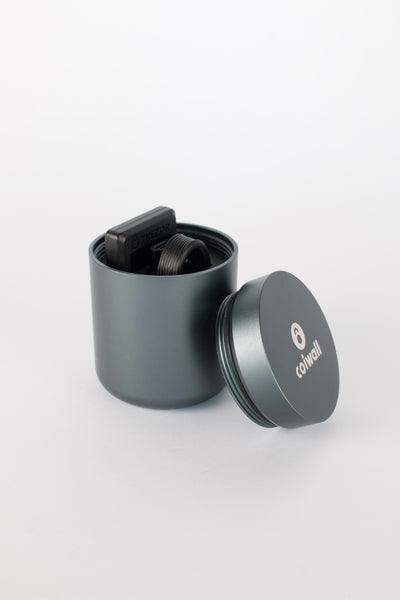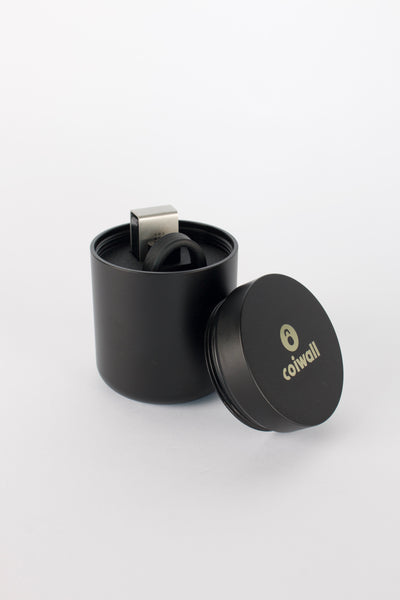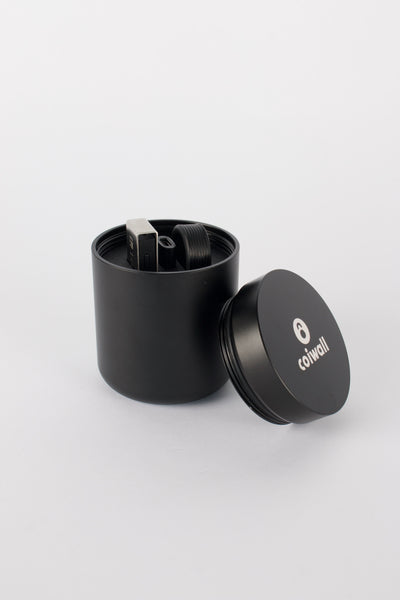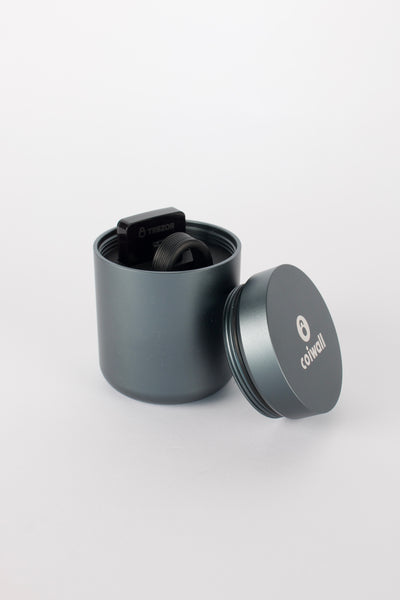Picture this: you join a brand-new crypto project—maybe you’re a developer, an investor, or just a superfan hoping to grab the next big thing. The team rolls out their shiny roadmap, puts together a smart community, and starts talking about ‘vesting’. But what does that really mean for you, your tokens, and the future of the project?
What’s Vesting, Anyway? The Short and Sweet
At its core, vesting is like a waiting game for your crypto tokens, but it’s one with purpose and a bit of suspense. Projects often set aside a chunk of their total token supply and then (here’s the catch) they don’t let it all loose at once. Instead, those tokens are locked up and released on a schedule. It’s a way to build trust, encourage commitment, and—let’s be honest—avoid the chaos of early investors cashing out all at once and tanking the market.
Think of vesting as planting a fruit tree—you can’t pick all the apples on day one; you need to wait through a season or two and nurture that tree. And in crypto, those ‘apples’ might just be your future profits or governance rights.
Token Supply, Lock-Ups, and Why Timing Matters
Vesting makes sure that people tied to the project, like founders, developers, or early supporters, have to stick around for the long haul. This puts everyone on a relatively level playing field—no one can just grab a sack of tokens and vanish. In many ways, the whole ecosystem becomes healthier. Price swings tend to be less wild, teams look more dedicated, and investors start to believe the project isn’t some fly-by-night operation.
Types of Vesting: More Than One Way to Hold Your Coins
Let me walk you through a quick tour. Vesting comes in several flavors, and each has its own character. Here’s the lowdown:
- Cliff vesting: All or nothing! You wait for a set period—say, 12 months. If you’re still around at the end, the whole batch of tokens is released. Leave early, and, well, nada. It’s high-risk, high-reward for everyone involved.
- Graded vesting: This one unfolds gently. Tokens are handed out bit by bit—as if someone were doling out Halloween candy a handful at a time over several years. Maybe it’s 25% each year for four years, or monthly, or some other schedule the project cooks up.
- Hybrid schedules: Want a mix? Teams sometimes create hybrid plans—maybe a one-year cliff, then gradual releases after. It’s flexible, and often designed to fit the unique needs of a project or its crew.
By spreading out how and when tokens enter the market, all these schedules keep things…well, sane. It helps avoid the dreaded ‘dump’ when early adopters cash in and everyone else is left holding the bag.
Why Vesting Is a Big Deal for Crypto Projects
Ever heard of a rug pull? That’s when a project’s leaders dump their tokens, walk away, and leave investors with thin air. Vesting is, quite frankly, the antidote. It tells investors, “Hey, we’re here for the journey, not just the quick payday.”
But there’s more. Vesting also:
- Builds long-term confidence in the token and the team
- Stabilizes the token’s price, since massive dumps are off the table
- Attracts serious investors (not just get-rich-quick types)
- Makes sure team members have real skin in the game
Let’s face it: nobody wants to watch the token they just bought crash and burn because someone with lots of influence clicked ‘sell all.’ Vesting means those with the biggest stacks have to care about the success of the project, at least for as long as their tokens are locked up.
Digression: Vesting Beyond Crypto—A Quick Look
Fun fact: vesting isn’t just a crypto thing. It’s been around for ages in regular finance—think employee stock options or retirement plans. Companies use it so employees stay for the long haul. If someone leaves early, they don’t get all their benefits. The parallels with crypto are almost uncanny, right? The lesson carries over: patience is (often) profitable.
Where to Keep Those Vested Tokens? Enter Hardware Wallets
Okay, so your tokens are locked… but where do you keep them? You want security that’s bulletproof—especially when waiting months or years for them to unlock.
- Trezor: This Czech-made hardware wallet is known for its clean interface and open-source roots. It’s like putting your gold in a safe, only you control the combination.
- Ledger: Ledger wallets mix security with neat design (and they’re incredibly popular for a reason). Keep your seed phrase secret, and your vested tokens will be safe until you’re ready to claim them.
Both Trezor and Ledger support a wide range of crypto assets, so whether you’re holding Bitcoin, Ethereum, or the newest altcoin, you’re probably covered. And for vested tokens, that physical air gap is your best friend—it keeps hackers at bay while you watch the vesting clock tick down.
One Last Thing: Patience Pays Off
Sure, it’s tempting to dream about instant riches. But the truth is, vesting forces all of us—teams, investors, and even fans—to slow down, think big, and nurture projects for the future. The next time you hear someone grumble about tokens being ‘locked’, maybe remind them: Rome wasn’t built in a day, and neither are lasting crypto projects.
You never know—by the time those tokens vest, you might just find yourself sitting pretty, with a stronger, more valuable project (and community) to show for your patience.











